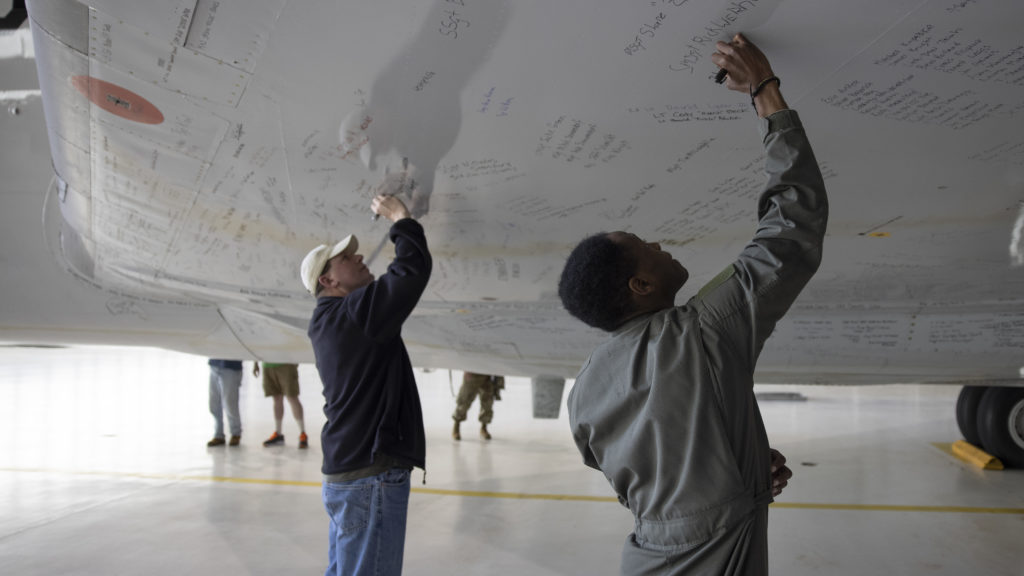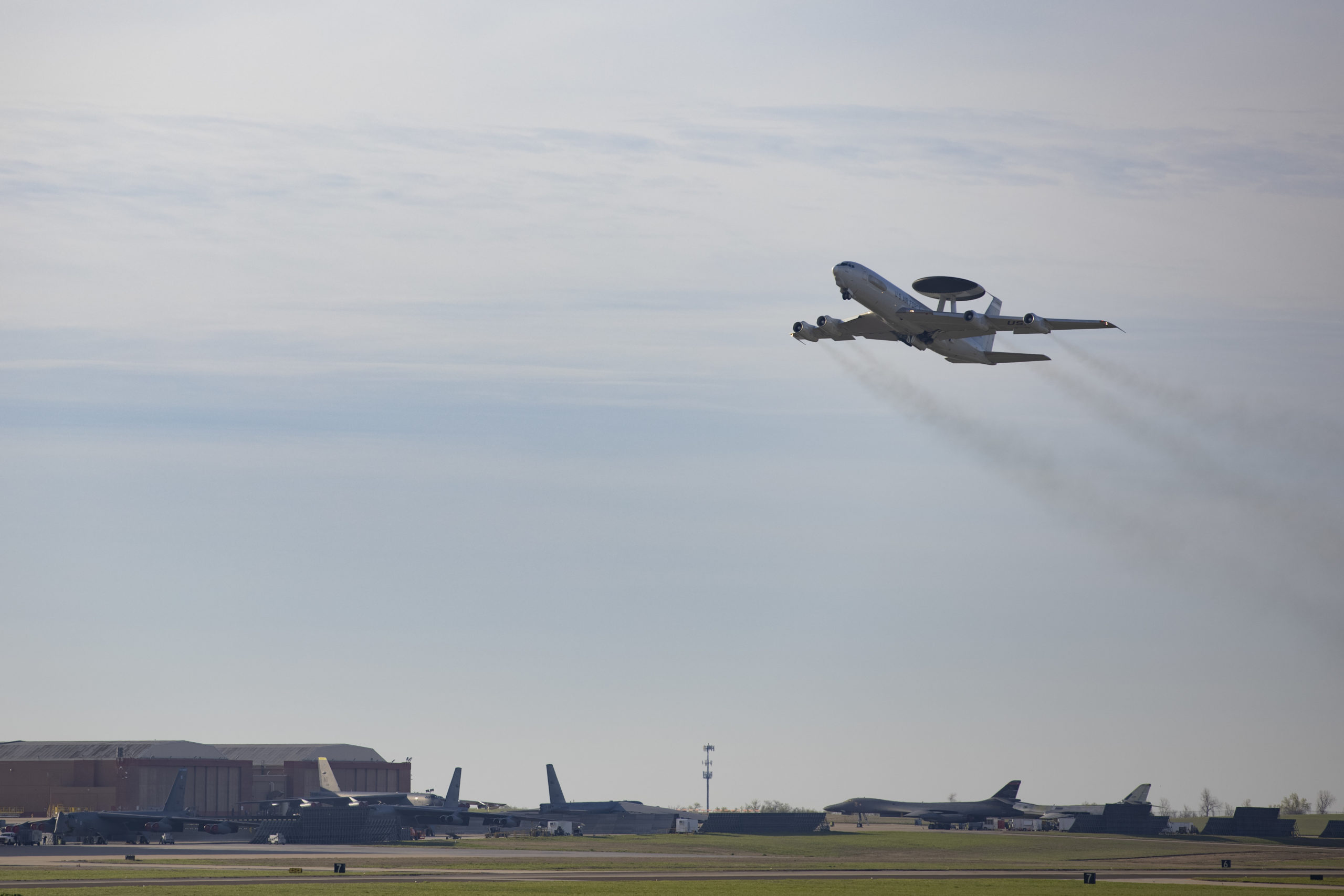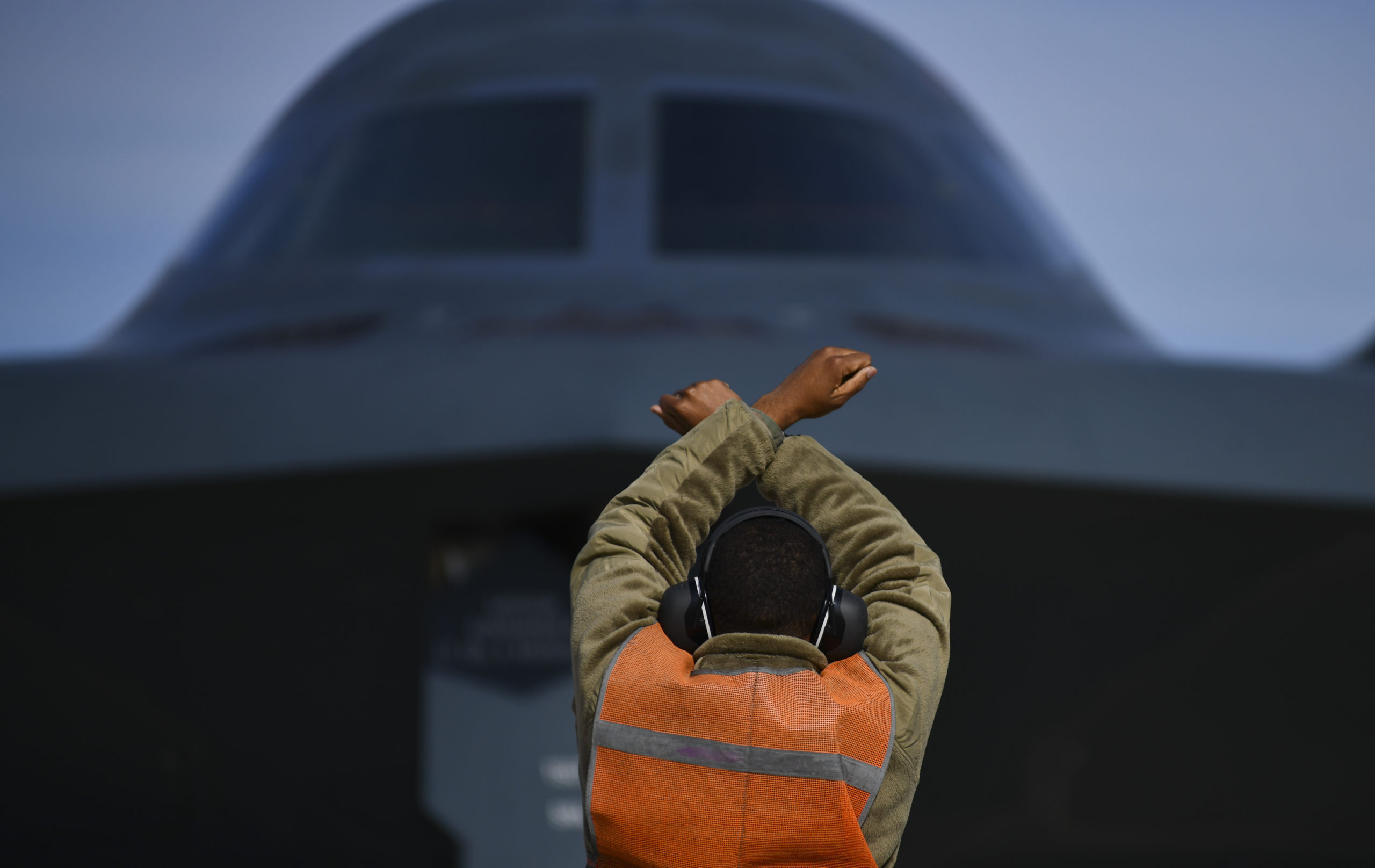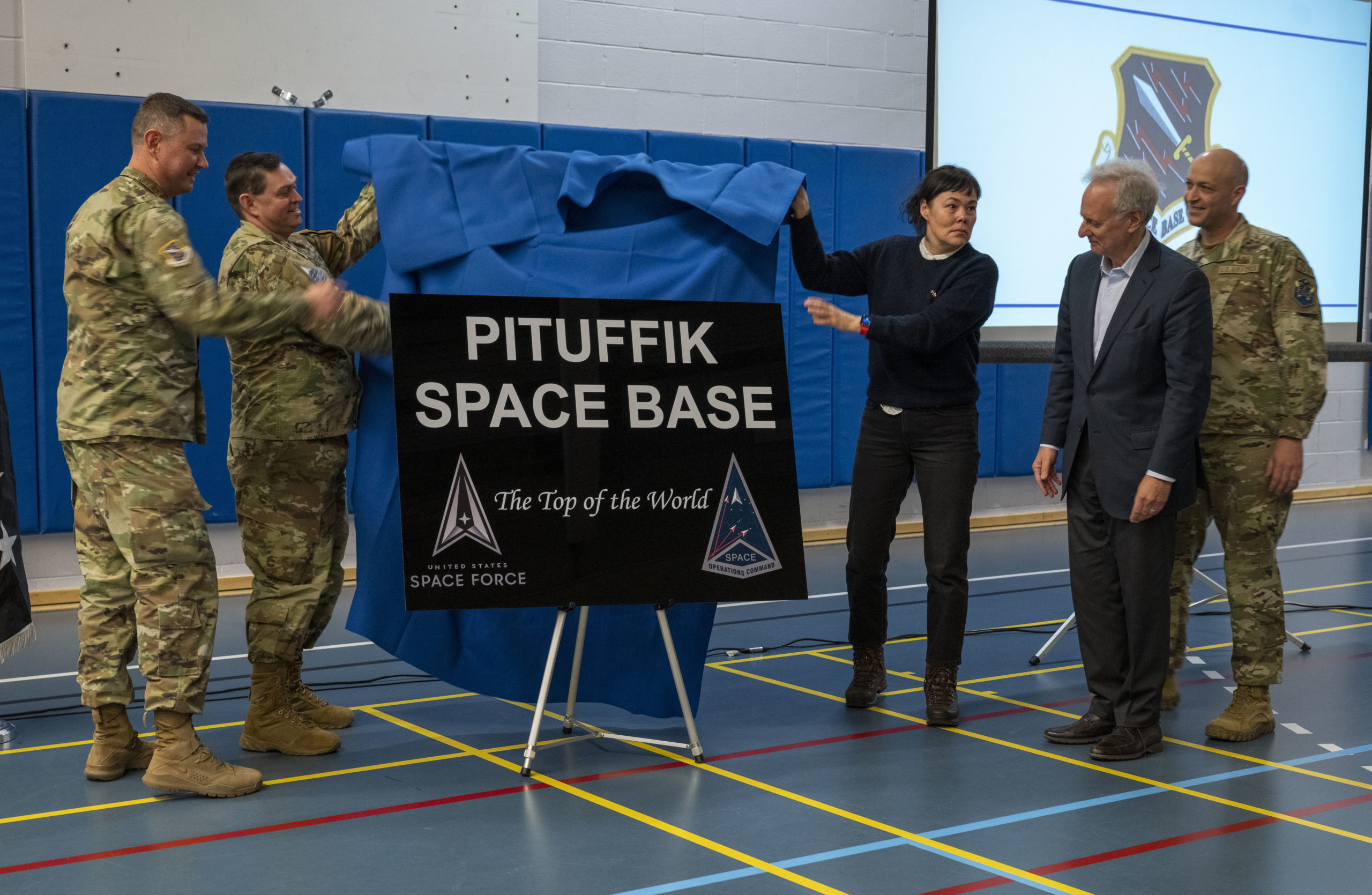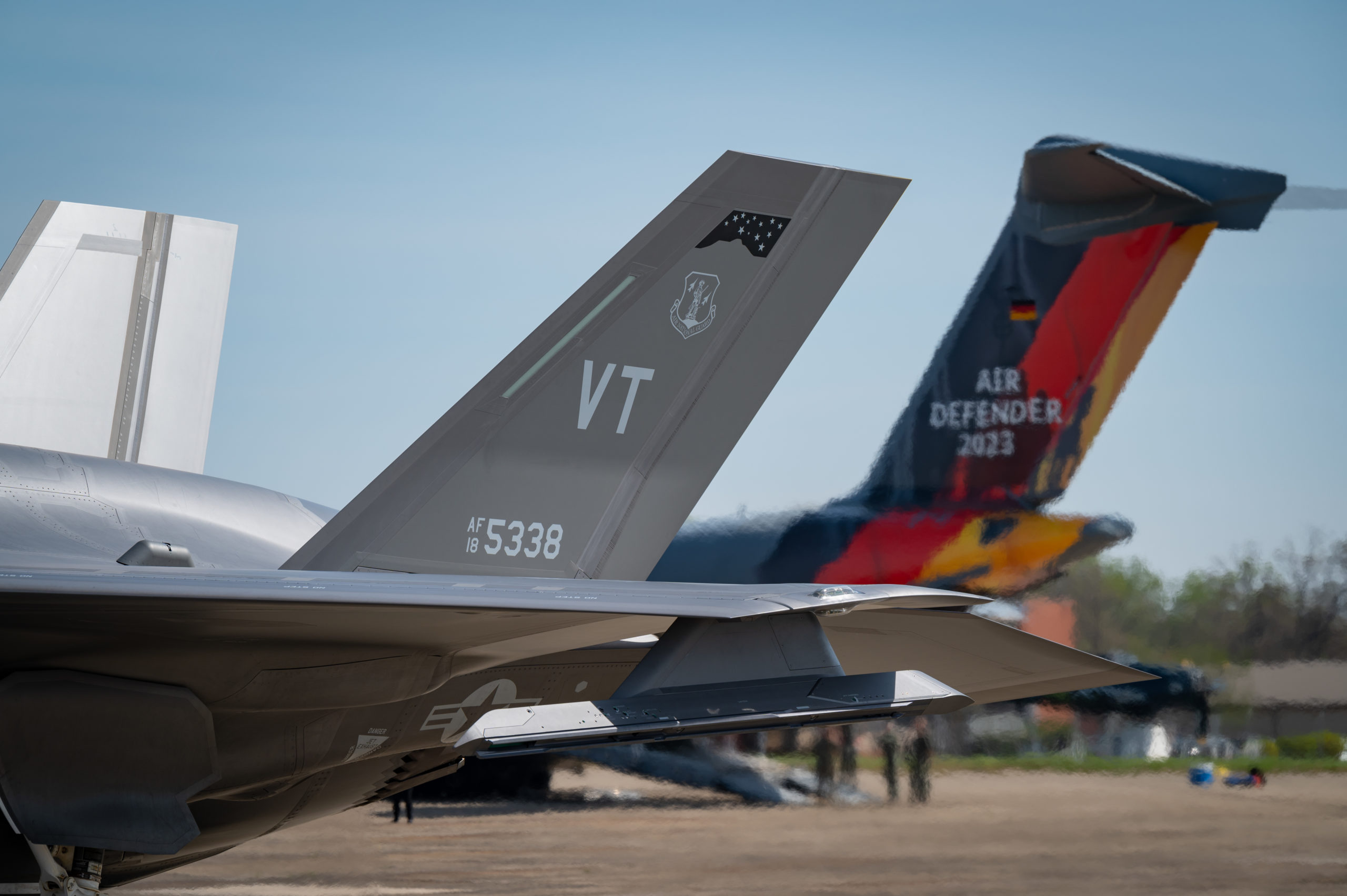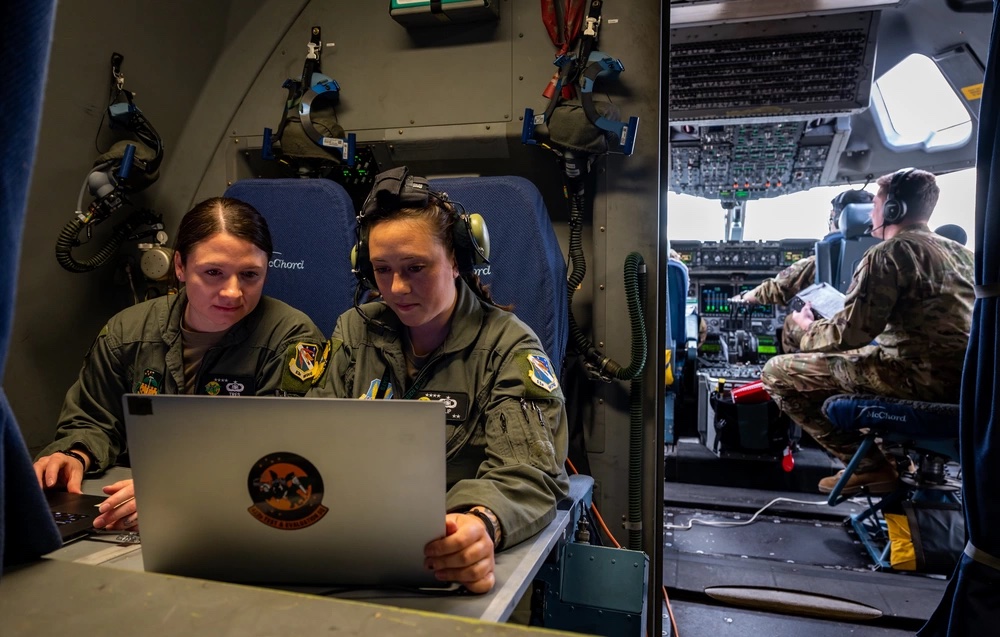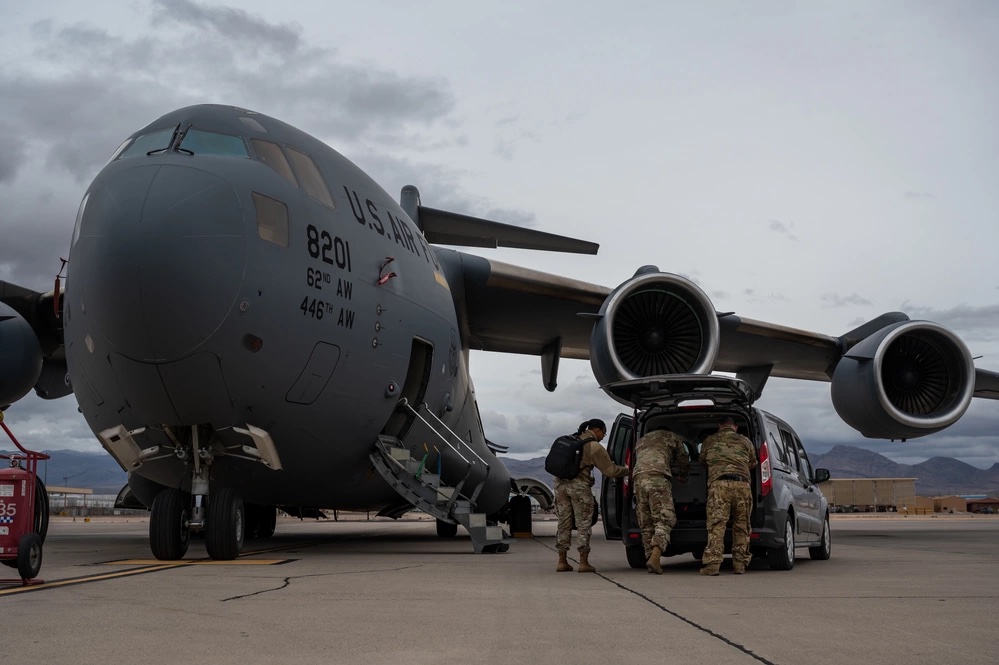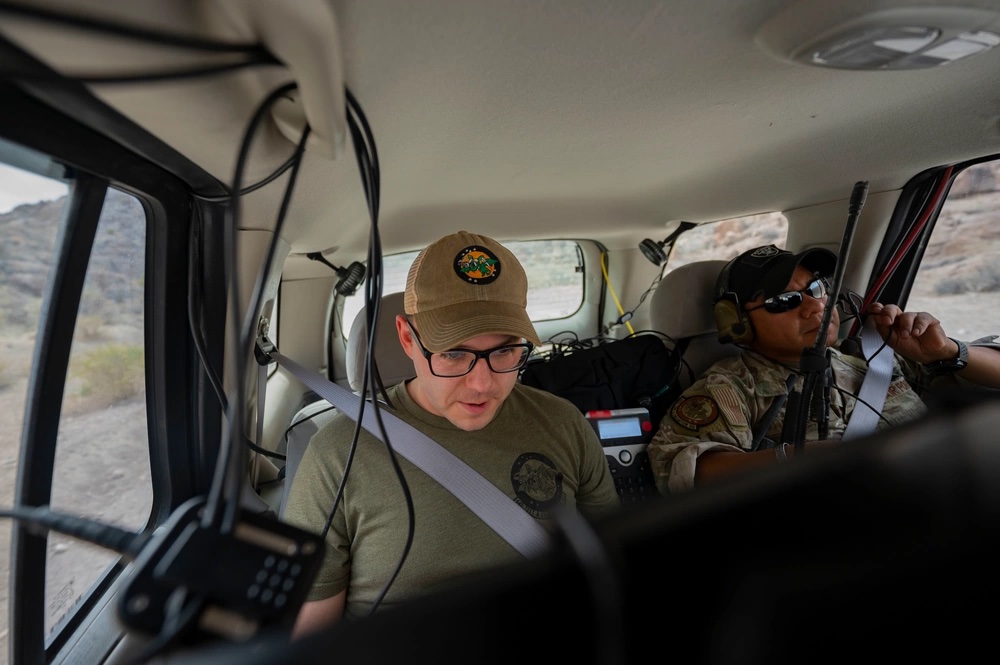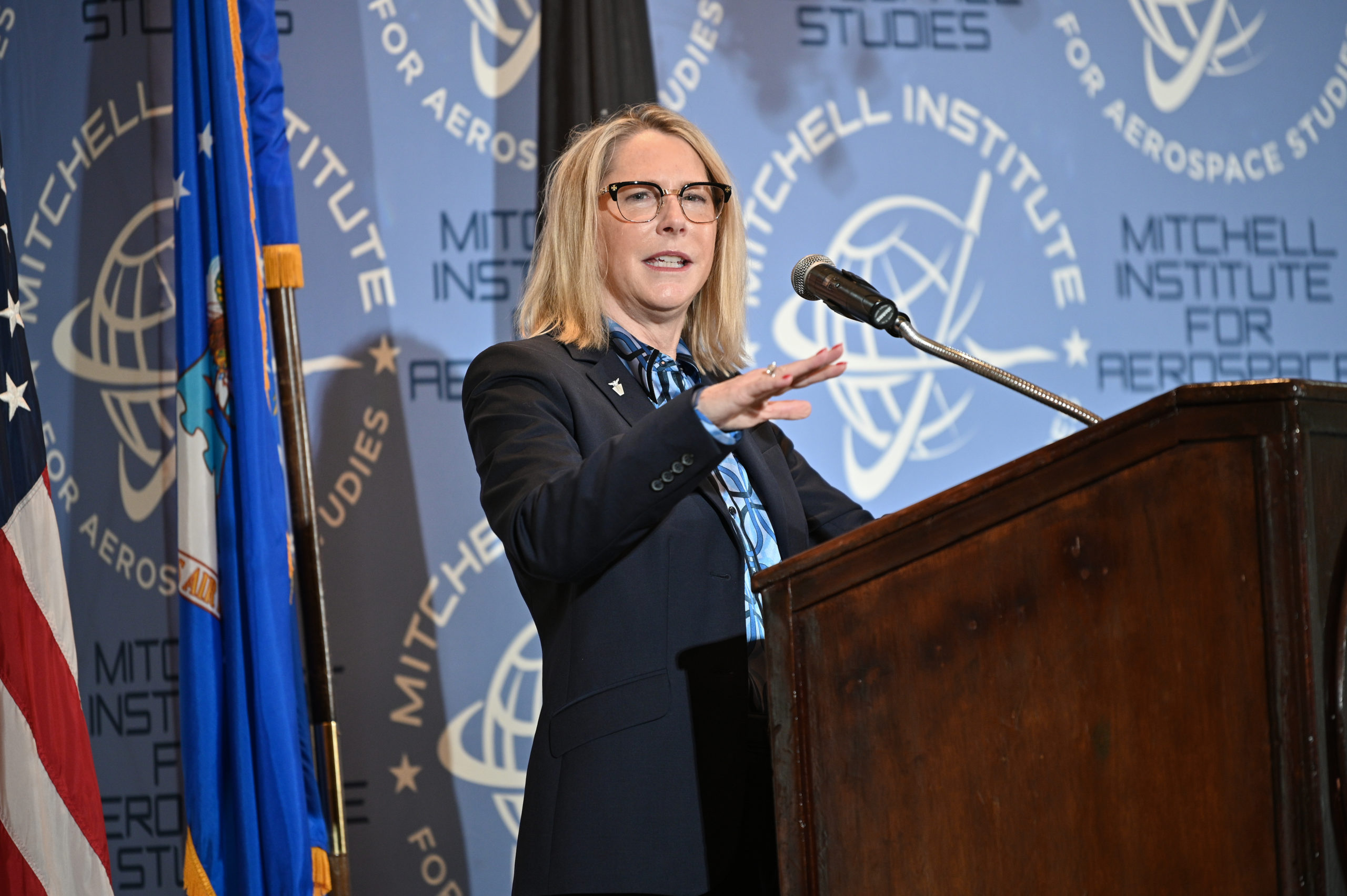The aging E-3 AWACS fleet got a little smaller last week, as the first of 13 E-3s to be retired this year took off from Tinker Air Force Base, Okla., for the last time.
E-3 Tail Number 0560 departed for the Boneyard at Davis-Monthan Air Force Base, Ariz., on April 6, a week after the 552nd Air Control Wing hosted a retirement celebration with retired and Active-Duty Airmen getting a chance to sign their names to the airframe, an Air Force tradition.
“It’s sad. It means a new way is coming, but it’s still sad because we have a lot of great memories,” a former Airman told local television station KOLO. “We had a great mission back 20, 25 years ago.”
With the retirement, the Air Force’s AWACS fleet shrunk to 30 aircraft, on its way to under 18. Based on the commercially defunct 707 airframe, E-3s are expensive to maintain, their mission-capable rates plunging below 65 percent in recent years.
Air Combat Command boss Gen. Mark D. Kelly called the E-3s “unsustainable without a Herculean effort” last year, praising “miracle worker” maintainers for getting the aircraft to fly at all. Averaging over 40 years old, the AWACS fleet is among the oldest in the Air Force.
The Air Force first announced plans to retire 15 E-3s from Tinker in April 2022, but Congress paused the push with a provision in the 2023 National Defense Authorization Act approving retirements only if USAF demonstrated progress acquiring its replacement, the E-7 Wedgetail.
The Air Force had to submit an acquisition strategy for the Wedgetail before it could retire 10 E-3s, and must award a contract for the procurement of E-7s before it can retire three more.
The Air Force formally awarded a contract to Boeing for the E-7 Wedgetail in late February, clearing the way for the AWACS retirements to begin.
“While some may see the divestment as the end of an era, the retirement of this aircraft marks the beginning of modernization for the 552nd,” Col. Keven Coyle, 552nd ACW commander, said in a statement. “Despite a fleet reduction the mission will remain the same, providing worldwide management as well as command and control operations as required.”
In a release, the Air Force said divesting the 13 E-3s will allow it to focus on maintaining the remaining airplanes. And parts harvested from the retired aircraft at the Boneyard will be recirculated, “providing a temporary improvement for aircraft availability.”
The Air Force is hoping to have its first E-7 ready for operational duty by 2027 and is undertaking a rapid prototyping effort to make that happen, hoping to limit any gaps in intelligence, surveillance, and reconnaissance/command and control. All told, the service wants to buy 25 Wedgetails by 2032.
